

Sciatica pain is a common problem that can be extremely debilitating. Luckily, there are many home remedies that can help ease the pain and inflammation quickly....
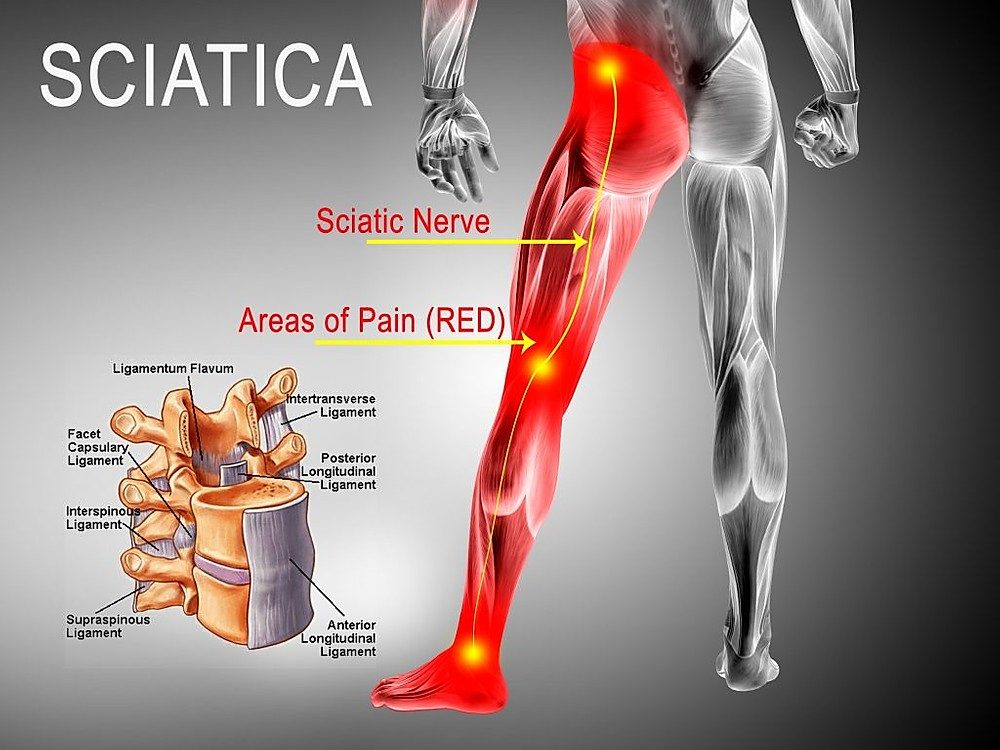

Sciatica is a painful condition in the lower back and calf region. Sciatica symptoms include pain and weakness down one leg; in severe cases, a person...
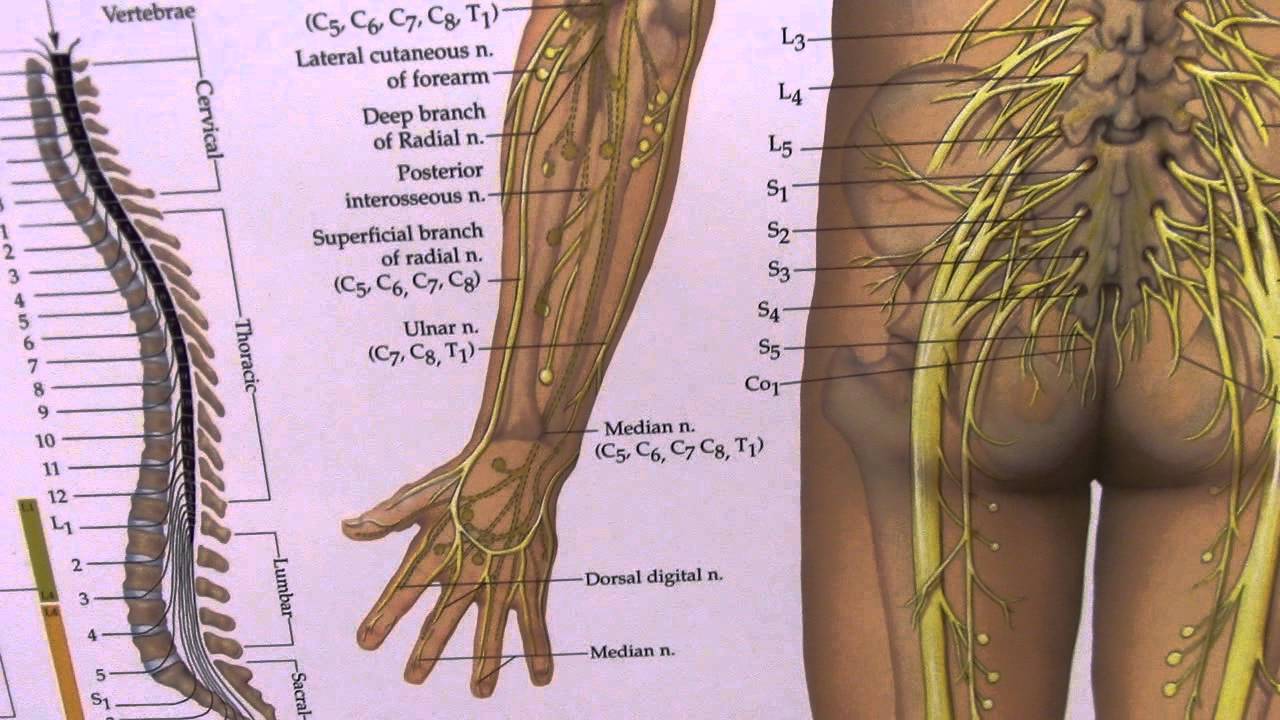
Sciatica is a medical condition that can cause pain in the lower back, buttocks, and legs. The pain is caused by pressure on the sciatic nerve,...
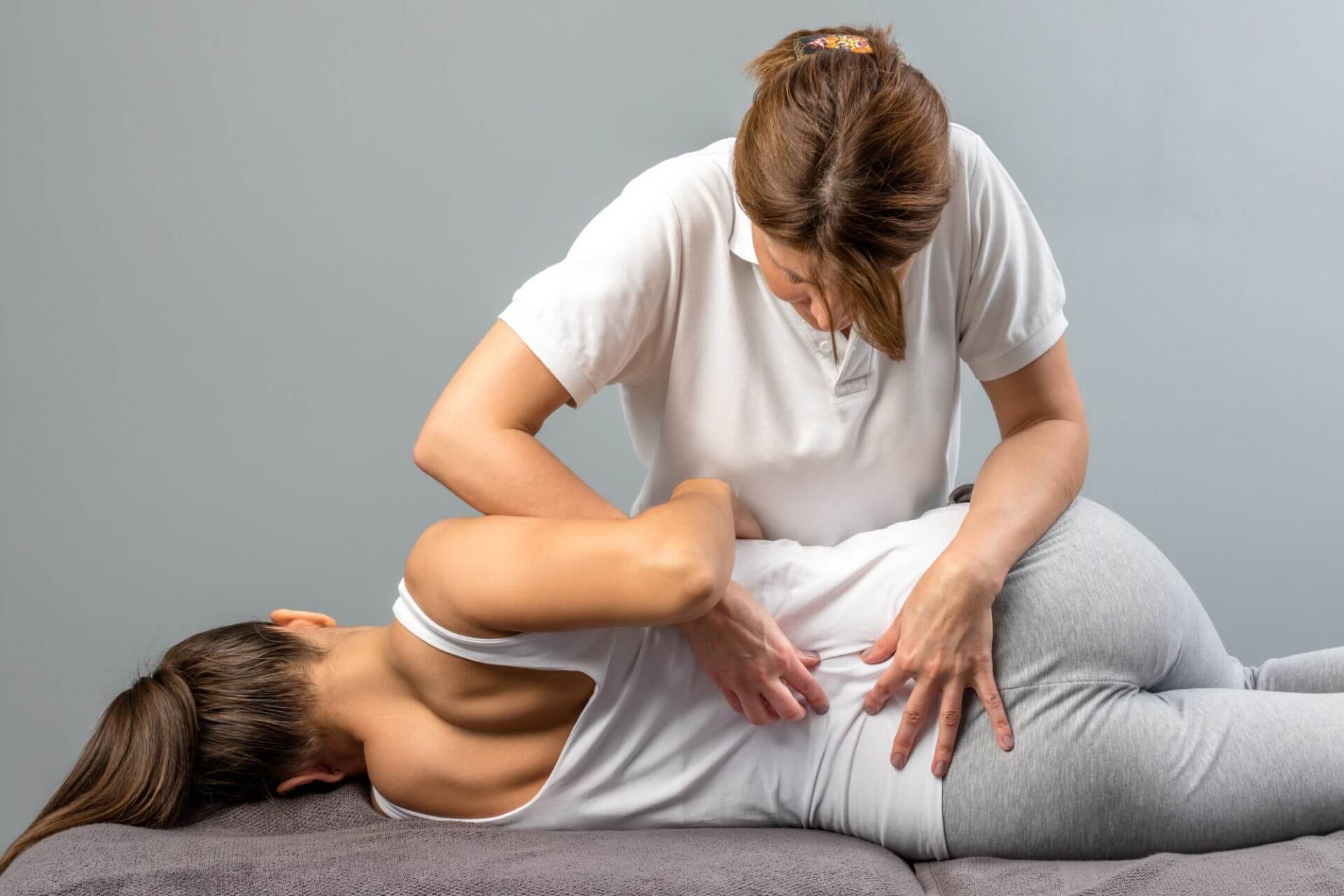

Massage can help treat sciatica and prevent other problems. It can reduce tightness and muscle spasms, as well as help with diagnosing the condition. It can...
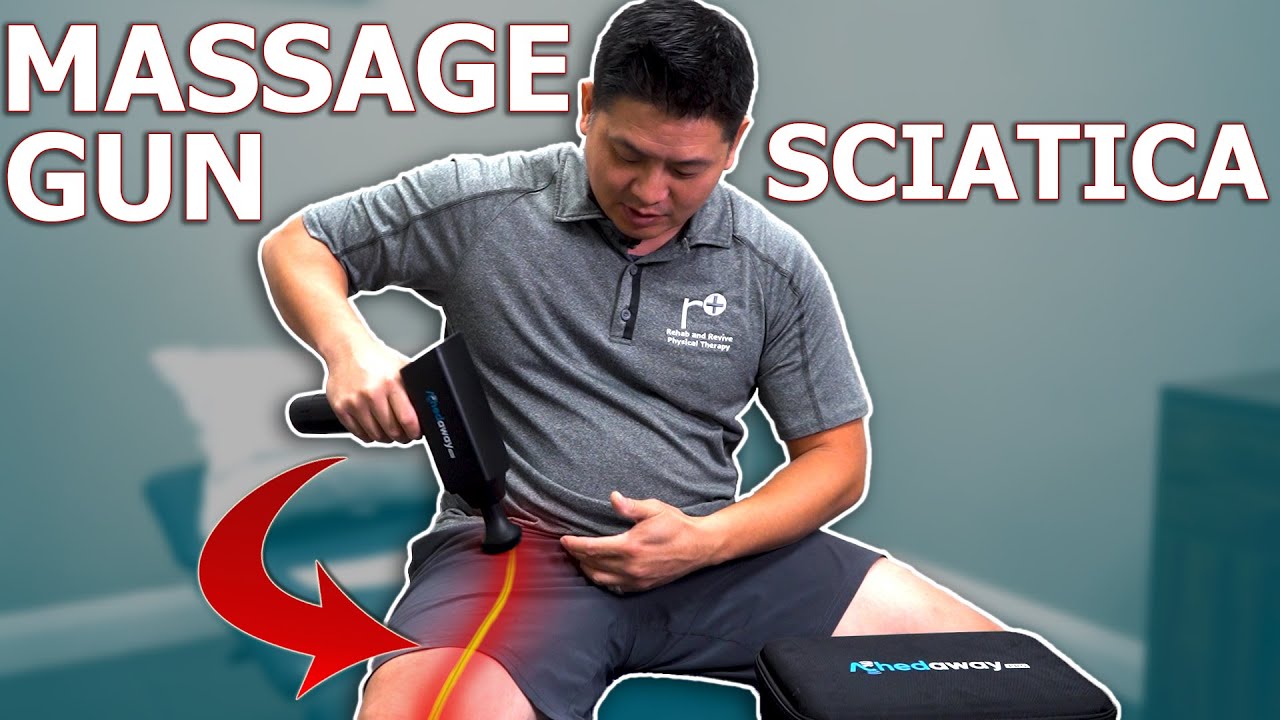
Massage guns are designed to help your muscles release endorphins, the feel-good hormones that help you feel better after a hard workout. However, it would be...
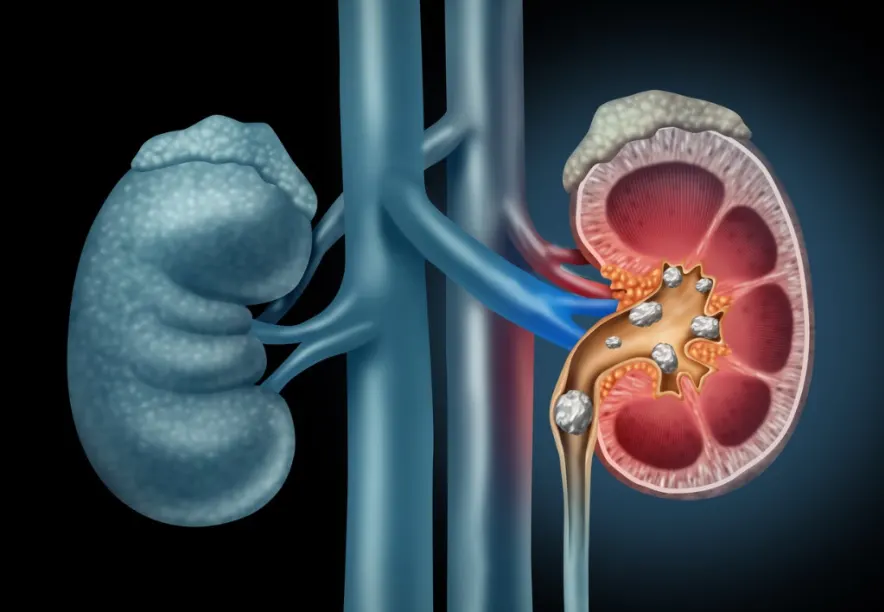

The pain you experience in your lower back and legs could be from a kidney stone. Symptoms of this type of stone may be similar to...
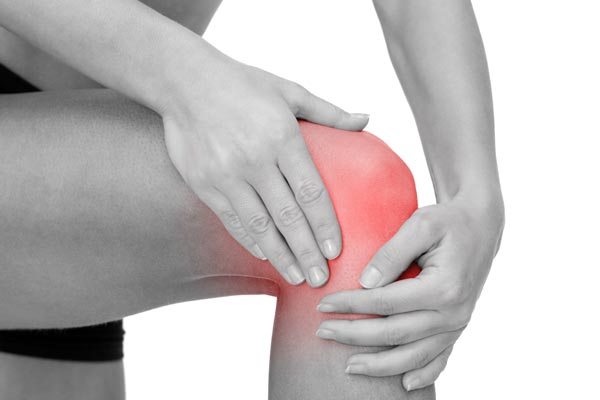

When a person experiences sciatica, they can experience shooting or burning pains in their lower back. The pain may radiate down the leg or to the...
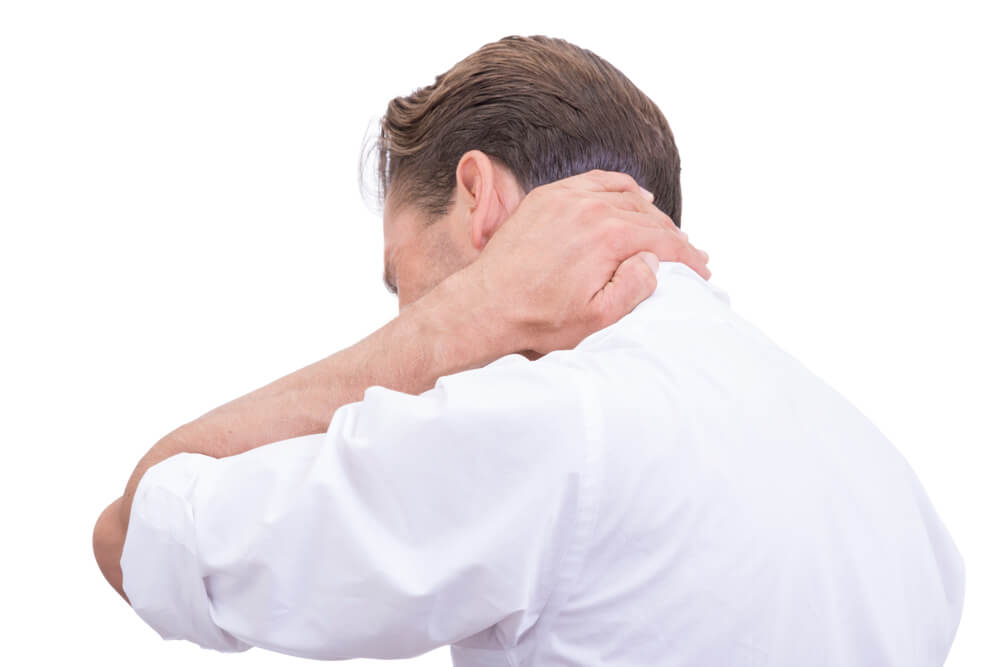

Sciatica is when pain radiates from the lower back down through the buttocks, legs, and sometimes even into the arms or fingers. The cause of sciatica...
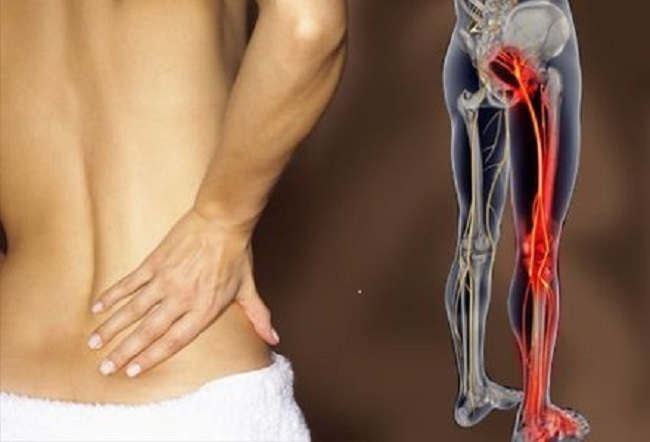

If you suffer from leg pain, you may be wondering if endometriosis can cause sciatica pain. You may also wonder how serious this condition is, how...
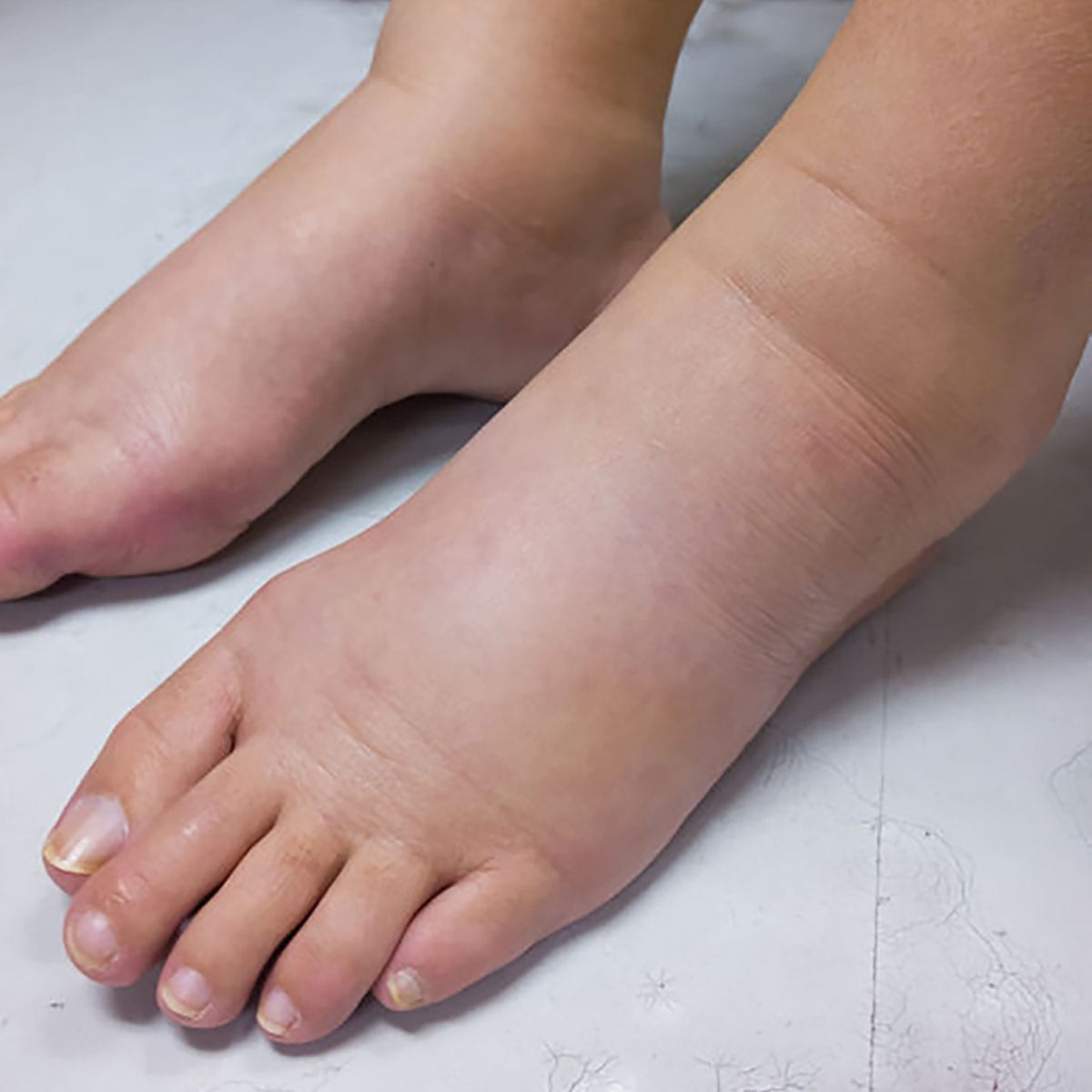

The first step in treating sciatica is to see a doctor. The doctor can diagnose the underlying cause and suggest a specific treatment plan. Sciatic nerve...